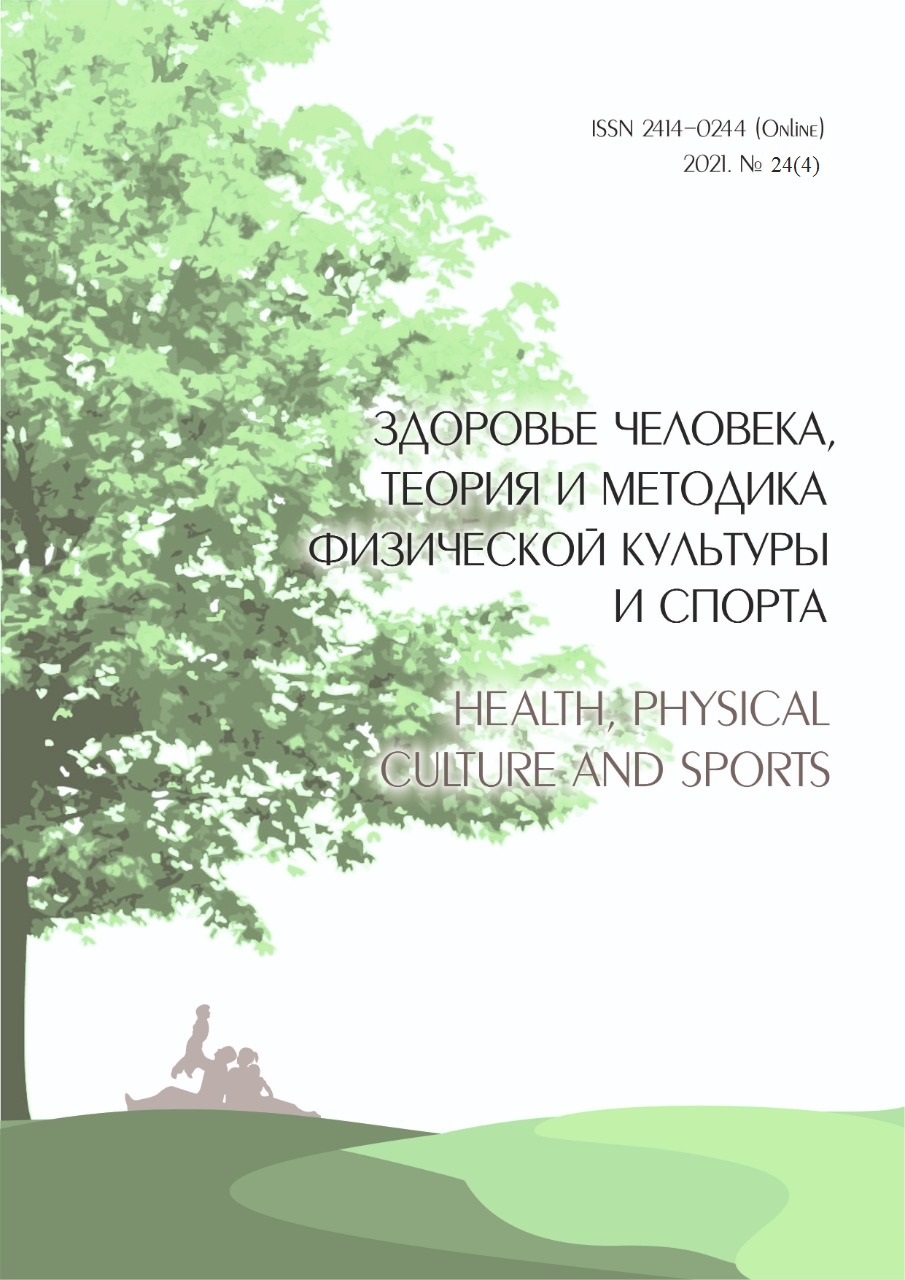Аwareness of the population about the links of prevention to prevent the risks of health disorders when using gas heating systems and equipment in everyday life
Abstract
A number of regulatory documents defining a coherent system of installation, operation and supervision of gas heating equipment systems in order to prevent the influence of carbon monoxide in the household and the health of residents are analyzed.
The aim of the study was to assess the awareness of the population about the effects of carbon monoxide on the body and measures to prevent the risks of health disorders in everyday conditions.
The questionnaire method was used. 250 respondents aged 17-23 and older took part in the survey. The selection is random. 57.6% of the respondents have general secondary education, 38% have higher professional education, 4.4% have secondary and general special education. All respondents are residents of the Republic of Belarus. Among them: 61.2% - live in an apartment; 26% - in a house; 12.8% - in a hostel.
With a sufficiently high awareness of respondents about the reasons for the increase in the concentration of carbon monoxide in the room, gaps were revealed in their awareness of the specific technical characteristics of building materials and structures used in the construction of chimneys and their operation, places of carbon monoxide accumulation in enclosed spaces and concentrations dangerous to the health and life of residents.
The methodology of supervision and informing users of gas equipment and heating systems of residential premises requires improvement.
Only joint coordinated preventive activities of the architectural service, utilities, gas service, municipal hygiene department of Hygiene and Epidemiology Centers and health organizations will solve the important issue of prevention of carbon monoxide poisoning in everyday life.
Downloads
References
и практики. Минск, 2019. С. 104-108.
2.Вершилович, В. А. Проблема безопасности использования газа в быту. Причины отравления угарным газом. Мероприятия и профилактика / В. А. Вершилович // Газовая промышленность. 2019. № 3 (789). C. 44-51.
3.Дмитриев, Е. А. Как не стать жертвой угарного газа / Е. А. Дмитриев // Гражданская защита. 2020. № 1 (533). – С. 22-23.
4.Зобнин, Ю. В. Гораздо легче предотвратить: об отравлении окисью углерода / Ю. В. Зобнин // Альманах сестринского дела. 2010. Т. 3, № 2-4. С. 10-24.
5.Казанцев, С. А. Медицинские и биологические аспекты поражения организма угарным газом / С. А. Казанцев, В. И. Красильников // Актуальные проблемы медицины и биологии. 2019. № 1. С. 13-16.
6.Курганская, А. Г. Опасность бытового газа в повседневной жизни человека // А. Г. Курганская, А. Н. Павлова // Грани педагогики безопасности : сб.всероссийской конф. с междунар. участием. Екатеринбург, 2015. С. 92-95.
7. Куценко С.А. Военная токсикология, радиобиология и медицинская защита// СПб.: «Фолиант», 2004. С. 4-67.
8. Лазоренко О.В. Устройство и эксплуатация дымоотводящих каналов жилых домов / О.В., Лазоренко, Минск. C. 1-14.
9. Луценко А., Линиченко И. Отравление угарным газом - степени тяжести, симптомы и признаки. Режим доступа :https://vladyka23.ru/stati/otravlenie-ugarnym-gazom.html. Дата доступа: 06.09.21.
10.Марчук, А. В. Острые летальные отравления угарным газом в Республике Беларусь в 2018 году / А. В. Марчук // Актуальные проблемы современной медицины и фармации 2020 : сб. материалов междунар. науч.-практ. конф.
Минск, 2020. С. 244-246.
11. Отравление монооксидом углерода (угарным газом) / Под редакцией кандидата медицинских наук, доцента Ю. В. Зобнина. Санкт-Петербург, 2011. C. 4-86.
12. Постановление министерства по чрезвычайным ситуациям Республики Беларусь 2 февраля 2009 г. № 6 «Об утверждении правил по обеспечению промышленной безопасности в области газоснабжения Республики Беларусь».2009.
13. Соседко Ю.И., Самчук В.В. Судебно-медицинская экспертиза в случаях отравления окисью углерода: практическое пособие / Ю.И. Соседко, В.В. Самчук. Москва: Главный государственный Центр судебно-медицинских и криминалистических экспертиз, 2008. С. 5-79.
An author should not normally publish manuscripts describing essentially the same research in multiple journals or publication venues. Such redundant publication is generally considered to constitute unethical publishing behavior, and if discovered may result in a manuscript under consideration being rejected, or a published article being retracted.
Authors of manuscripts reporting on original research should present an accurate account of the work performed, accompanied by an objective discussion of its significance. Underlying data should be represented accurately in the manuscript. The manuscript should contain sufficient detail and references to permit others to replicate the work. The fabrication of results and the making of fraudulent or knowingly inaccurate statements constitute unethical behavior and may be cause for rejection or retraction of a manuscript or published article.





